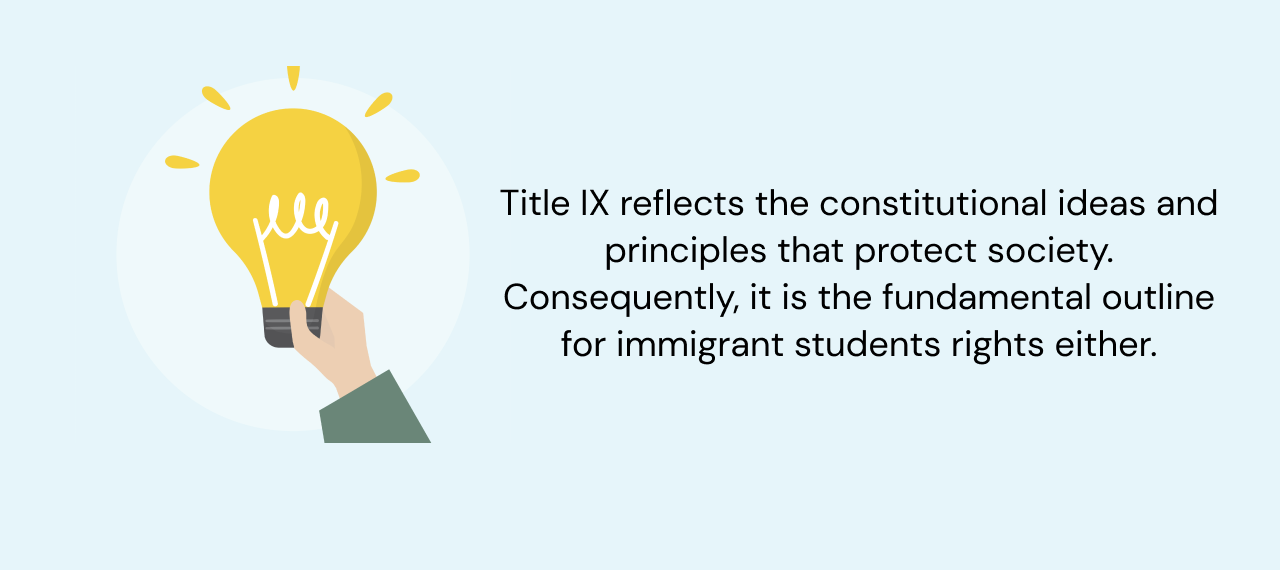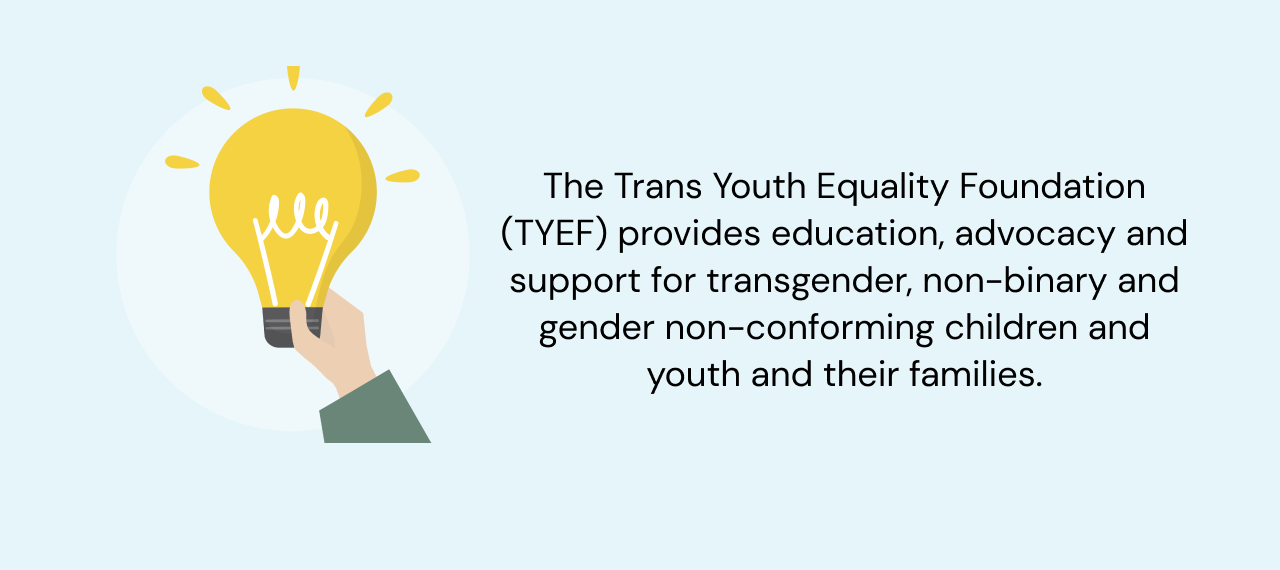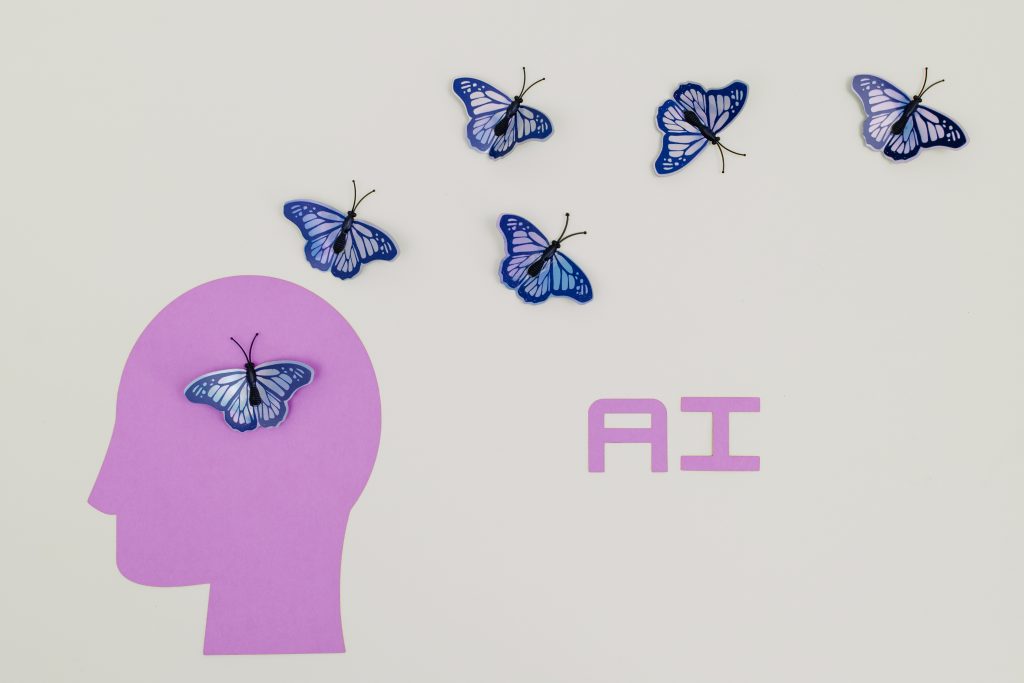Students rights provide students with a sense of empowerment. It’s especially meaningful when students like me move to another country for studies. The United States can disturb youngsters from other countries with a variety of rules and demands on campuses. But what about students’ rights and those who come from abroad? We need to participate in decision-making processes that affect education outcomes too. And that’s how I learned about the importance of school governance, curriculum development, and policy-making.
Students Rights Through Title IX
As someone with interests in different fields, I needed to preserve them. However, I had no idea how to combine my sports and cultural hobbies. I thought that my passion for basketball was too much for our campus. The campus life was challenging my genuine personality at first. Thanks to my local friends and older students, I engaged with the topic of our rights. I had an acute need to learn the basis of students rights. That was when second-grade students recommended me reading Title IX. And so do I when newcomers ask me for assistance with students rights. There are also helpful platforms that share insight into Title IX.
Title IX reflects the constitutional ideas and principles that protect society. Consequently, it is the fundamental outline for immigrant students rights either. While students include multiple discriminated groups, together, they stand against brutality. Don’t be afraid to seek participation in existing organizations by your student community. Moreover, they are the place where you meet supportive friends. That’s how I realized that the college youth is the power that ruins outdated laws and traditions. Only our energetic response can replace them with progressive values. To observe the specifics of Title IX, I suggest using relatable services.
I recommend professional websites that deepen this topic. Students must learn about their rights from all angles to avoid confusion in complicated situations. For example, Pact5 is an entire student-led movement that helped me to do it. Pact5 guarantees appropriate explanations regarding these issues. The community stands for the inclusive use of Title IX for campuses.
I chose the Title IX Resource Guide to follow a more concrete campus guide. The product delivers the key points of Title IX, which are easy to understand. It clarified my rights to volunteer and to seek help simultaneously.
For me, it’s optional to read through the NCAA with various references. I needed some perfect mix of sources that can educate anyone on their rights. I liked using such hotlines as Safehorizon and RAINN, too. My practice proves that immigrant student rights violations can happen even unexpectedly. Types of harassment, sexual assaults, dating violence, and abuse can make it morally difficult for the victim to fight. Not to say that people like me have to study excellently! I want to tell students to remember that they are never alone. Avoid any manipulation and use the hotlines in extreme situations.
Pros and Cons of Students Rights
My university offers dream educational programs. Nonetheless, every student deserves a fair examination. I was so afraid of judgment because of my difference from the locals. Here, you’d meet students from all continents; their peace depends on local traditions. Issues related to the rights of students have been a hot topic for the past few years. To my surprise, improving the rights of a student allows us to create a more inclusive learning environment.
1. Basic students rights for all
Freedom of speech. Using the basic right of a student lets youngsters develop a more inclusive and democratic society.
Freedom of choice. Students should be granted the freedom to make choices regarding their education.
Safety. Students have the right to a safe learning environment where their well-being is prioritized.
Dress codes. In my opinion, students deserve protection from judgment in all spheres. Consequently, their style preferences are indisputable.
Learning rights of students. Each student has a right to ask for informational support and full education due to their program.
Immigrant rights. There are immigrant issues that demand the government to protect international students. Call me pessimistic, but there’s a long way to go.
Information and privacy. Students need access to educational information and campus guidelines. However, their data usage has to be completely private.
Disability rights. Students with disabilities require specific learning conditions. For example, as a sports club activist, I see their struggles. And in these cases, the development of disability rights depends on students. We are the ones who do sports and who know better how to adjust to the environment.
The students right for fair assessment. Due to the protocol. No prejudice.
Freedom of civic participation. Students are an active part of society. I would only enjoy my studies with inclusion.
LGBTQ+ rights. Campuses should not discriminate against students’ orientation or personal preferences.
2. It’s your student right: Dealing with issues
- Freedom of expression. Students should have the right to express their opinions and ideas without fear of censorship. It promotes critical thinking and the independence of thought. But I can see a problem here because of high university standards. Immigrant students feel insecure about speaking up freely.
- Privacy rights. Students’ personal information and data should be protected. Institutions must ensure students’ privacy and prevent any misuse. This student right includes safeguarding their academic records with personal information.
- Fair and equal treatment. Students deserve treatment free of discrimination. Their race, gender, religion, and other individual characteristics need respect. It also includes equal access to educational resources, opportunities, and social activities.
- Safety and well-being. Schools should prioritize security and well-being by implementing measures to prevent bullying. Harassment and violence affect students’ mental and emotional health and are illegal.
3. Rights for students as advantages
Privacy protection. Students’ rights protect the privacy of students. They can rely on the confidential data storing system. Only authorized individuals can access it.
Due process. Rights for students guarantee that teenagers pass transparent procedures when facing disciplinary actions.
Access to education. Rights of a student emphasize the importance of equal access to quality education for all attendees. Their socioeconomic background or any other factor cannot affect this right.
Freedom of association. Students’ rights allow the youth to form and join student organizations, clubs, and associations. It has let me get a sense of community while following my passions.
4. Transgender students rights nuances
Speaking about inclusion – did you know transgender students are still under attack? As an immigrant student, I could not expect that. Despite great achievements in the United States, the human rights movement remains feeble. Students are the only force that can continue to make this movement progress. Furthermore, transgender people will only help to achieve more. This right of students will rise if they share individual impressions with others. A popular discussion is always a cradle of bright ideas and common decisions.
Try examining the National Center for Transgender Equality. It will introduce you to transgender rights like me. The next step is to preserve them on campus by sharing with others. Of course, there are resources like Trans Student Educational Resources. But if you search for something more direct – you can observe Nea.org and Findlaw. You won’t believe it, but there are jewels like TYEF. The foundation supports transgender students’ educational requests and ambitions. All for the sake of overcoming inequality and uneven opportunities. The best way to thank these activists’ efforts is to learn about students rights.
What Are the Rights of Student: FIRE’s Guides for Campus Life
The FIRE’s Guides to Student Rights on Campus will also benefit you. It’s a massive tool for learning what are the rights of student individuals. Have you thought about different life spheres on campus? Student life on campus is as diverse as in the external world. They must deal with various ethnic groups, religions, initiatives, and the rest. This guide appeals to what matters for a teenager’s soul. The central principle of the guide is legal equality. As an active volunteer, I struggle to balance my studies with my career. Remember to read through FIRE’s guides to move further. It inspired me to join the National Association for College Admission Counseling.
Students rights from different angles with FIRE
FIRE’s guide on free speech is a number-one tool for practical development. You express personal opinion even when being silent because it’s a right of student people. Your hairstyle, outfits, and the communities you follow. I know that my interests reflect my priorities and desires. No one can make me refuse to be sincere. Simultaneously, we have to respect others’ feelings.
FIRE’s collection includes a guide that focuses on the first-year orientation. It discusses the rights of student for initial encounters. Trust me, any campus can become your comfort zone if you know how to transform your attitude.
I’m familiar with the widespread worry about attending college without such an experience. For these beginners, FIRE’s guides offer instructions on how to defend justice. FIRE’s Guide to Due Process and Campus Justice is an elegant addition to the previous creations, which inform students about their rights. Its key feature refers to problematic aspects of one’s integration with their campus. Another important tool – FIRE’s Guide to Due Process and Campus Justice. This one can broaden the perspective for the rights of the students who are religious.






